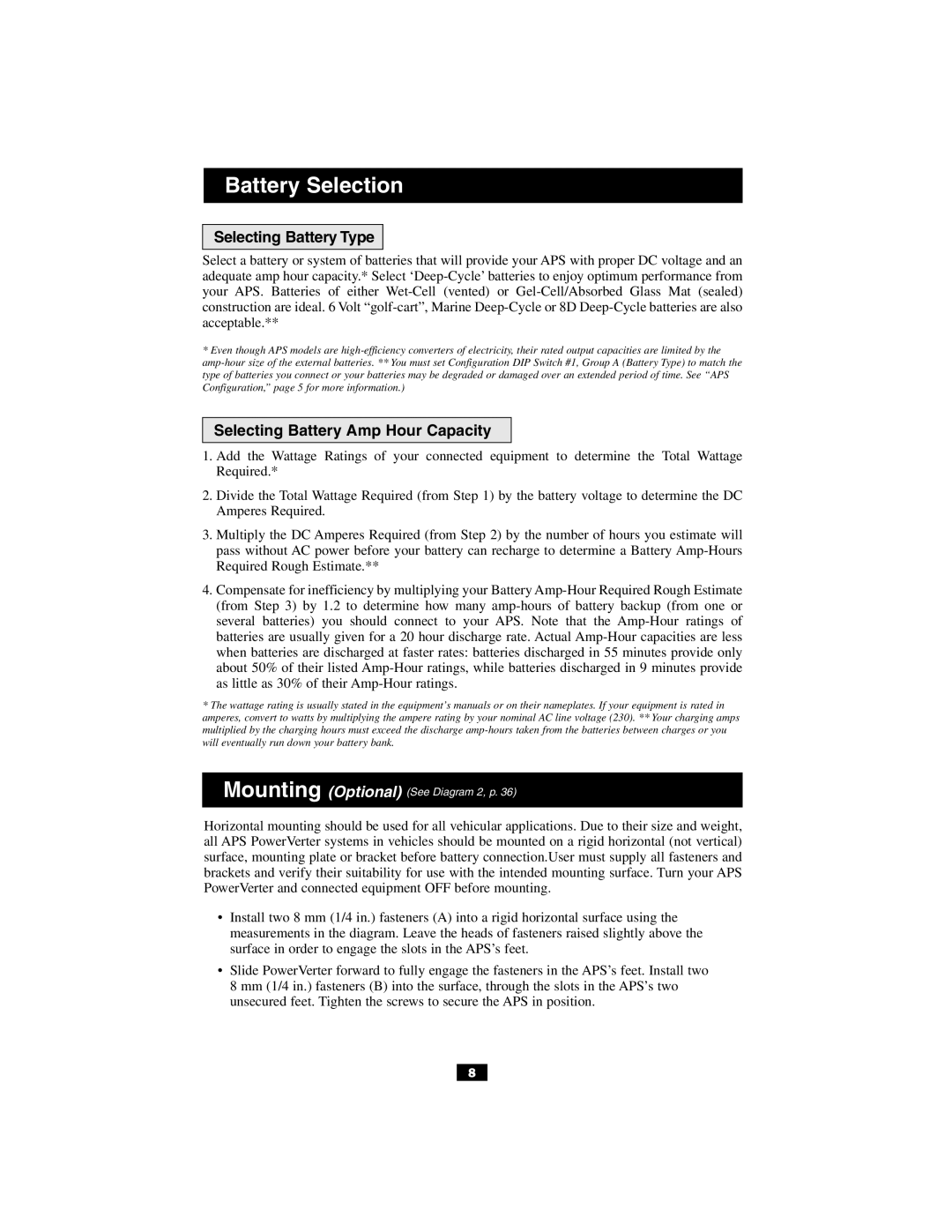93-2007 (200106010) specifications
Tripp Lite 93-2007 (200106010) is a high-quality audio-visual interface designed to facilitate seamless connection between various devices. This device is particularly popular in professional settings such as conference rooms, educational environments, and home theaters, where robust performance and unerring reliability are essential.One of the primary features of the Tripp Lite 93-2007 is its extensive compatibility. The device supports a wide range of formats, making it suitable for use with multiple devices like projectors, televisions, and computer systems. Its ability to handle both analog and digital signals ensures users can enjoy exceptional audio and video quality without compromise.
Tripp Lite has engineered the 93-2007 with advanced technology that minimizes signal degradation. It employs high-quality shielding to protect against electromagnetic interference (EMI) and radio frequency interference (RFI). This shielding is vital for maintaining the integrity of signals over longer distances, making it suitable for setups in large venues where distance can impact performance.
The build quality of the Tripp Lite 93-2007 is noteworthy, with durable connectors that provide a secure fit and resist wear and tear over time. This longevity ensures that users will not have to frequently replace cables, creating a more efficient installation process. Moreover, the connectors are designed for easy plug-and-play functionality, allowing for quick setup and disconnection, ideal for fast-paced environments where time is critical.
Another key characteristic of the Tripp Lite 93-2007 is its ability to support high-definition resolutions. Whether you're working with 720p, 1080p, or even 4K content, this device guarantees sharp and clear imagery. As the demand for high-definition content continues to rise, having a reliable interface that can handle various resolutions is essential.
In addition to its performance, the Tripp Lite 93-2007 is engineered to be user-friendly. Its compact design allows for straightforward management of cables, reducing clutter. Moreover, it is compatible with various mounting systems, ensuring flexibility in installations.
The Tripp Lite 93-2007 (200106010) stands out as a versatile and reliable solution for audio-visual connectivity. Its comprehensive features, durable design, and high-quality performance make it an excellent choice for both professional and personal applications. Users can trust this device to deliver top-notch audio-visual experiences that meet the demands of modern technology.

